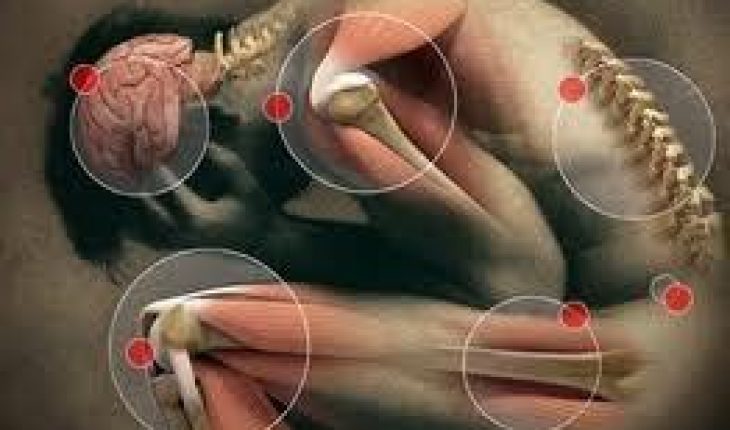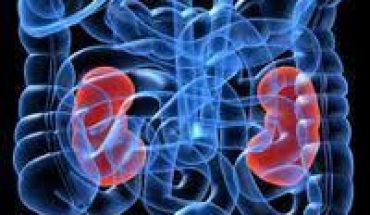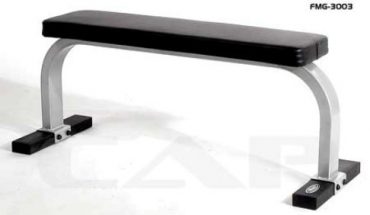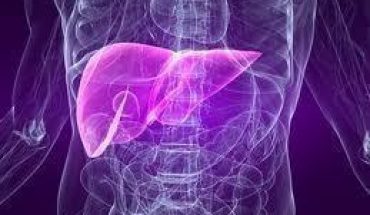A diagnosis of Parkinson’s disease can be made, if any of the following four, most well known motor symptoms are present. These are resting tremor, rigidity, postural instability, as well as bradykinesia. Added to these are secondary, and non motor symptoms, that many people will experience, and have become important in a doctor’s diagnosis, and treatment of Parkinson’s disease. Individuals with Parkinson’s may have different experiences of the symptoms. For instance, a lot of persons may go through tremor as a primary symptom, while others may not have tremors, but rather, difficulty with balance. For some people the disease advances quickly while it may not for others.
Parkinson’s disease symptoms (Primary motor)
Approximately 70 percent of individuals with Parkinson’s have a mild tremor in the initial stages of the disease. This could be in the foot, or hand on one part of the body, or in the face, which is usually uncommon. The tremor may seem like a beating. Due to the fact that Parkinson’s tremor generally comes about when the individual muscle is relaxed, it is referred to as Resting Tremor. What happens, is that the individual’s body part which is affected, will tremble when it is not active, and generally goes away, once the particular body part starts working. The tremor in many cases travels to the next side of the body when the disease advances. It will however,still be most potent on the side that it originated.
Bradykenesia is a state where an individual experiences slow movement. Added to these slow movements, an individual with this symptom, will likely have affected movements. These can be hardship in starting movements, and sudden inability to continue movements. Those experiencing this symptom, might walk without lifting their feet clear off the ground, and in short steps. This is called Festination. Tightness and Bradykinesia can also take place in the muscles of the face. This lowers the scope of one’s facial expressions, and produces a look synonymous to a mask. Rigidity, which is also called increased muscle tone, is the inflexibility of the muscles. Typically muscles stretch when movement begins then they relax when this has ended. With rigidity, the affected part of the body’s muscle tone does not relax, and is ever stiff. This can affect the dimension of an individual’s movement.
Parkinson’s disease symptoms affects individuals by impairing balance/coordination (postural inability). These symptoms added to others like Bradykinesia makes the chances of falling higher.
Secondary Motor Symptoms
Not all persons may experience these symptoms. They are stooped posture, fatigue, affected motor coordination, speech problems like slurred speech, or softness of voice brought on by decreased control of muscles, and limiting of facial expression. Sexual dysfunctions, cramping, and micrographia which are tiny, cramped handwriting.
Non-motor symptoms
Symptoms include dementia, pain, depression, fear or anxiety, skin problems, slowed thinking, and problems with memory. Urinary problems, and disturbances in sleep are also Parkinson’s disease symptoms.





